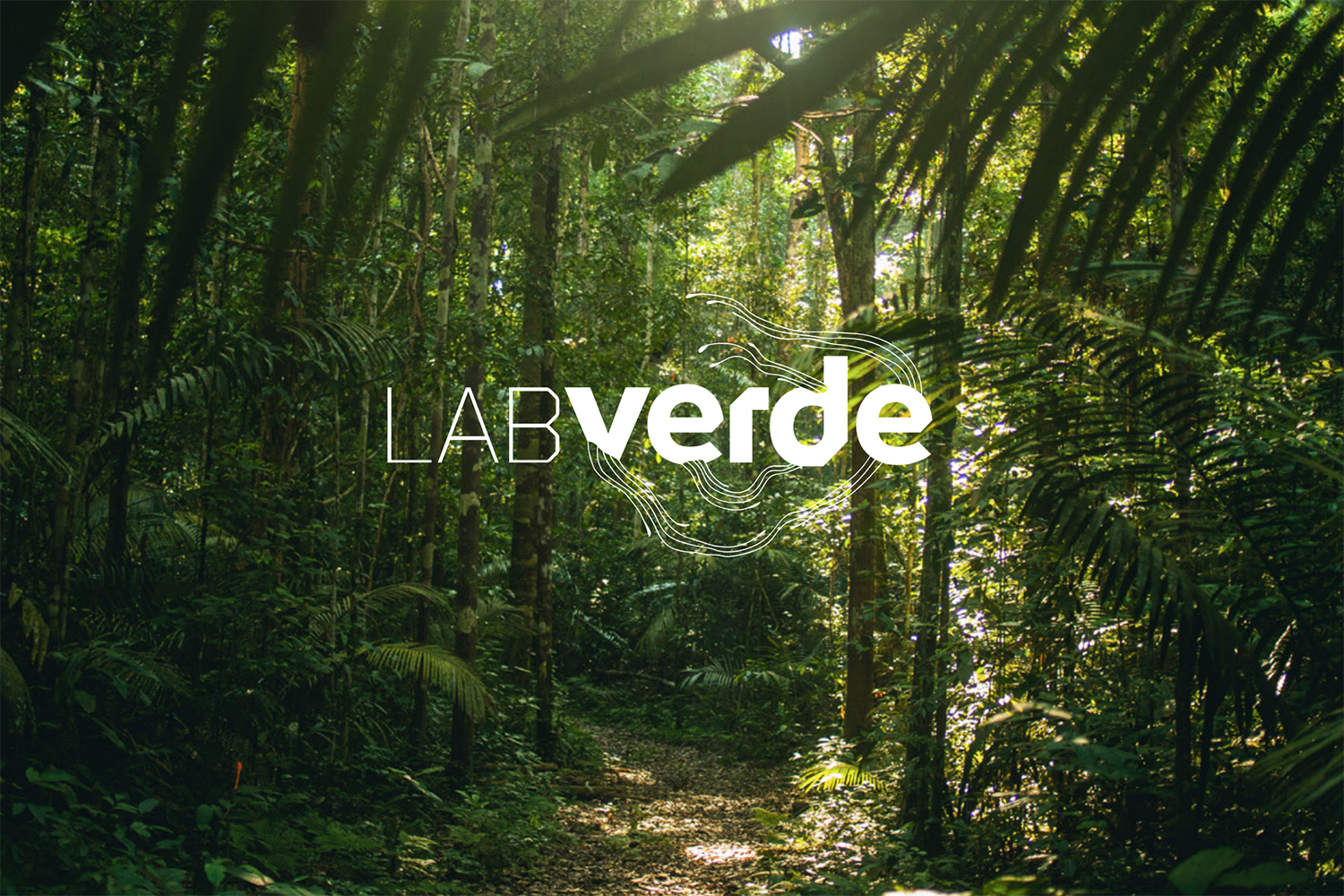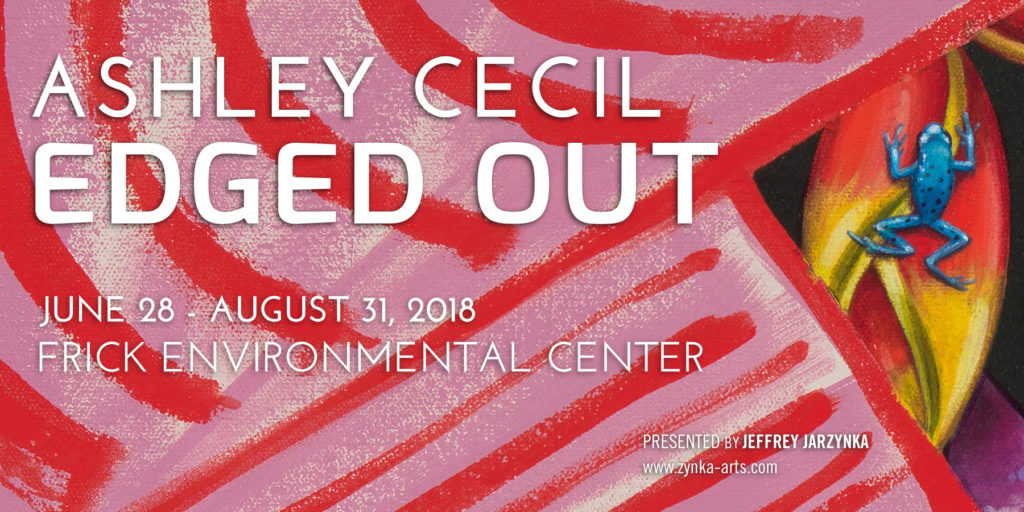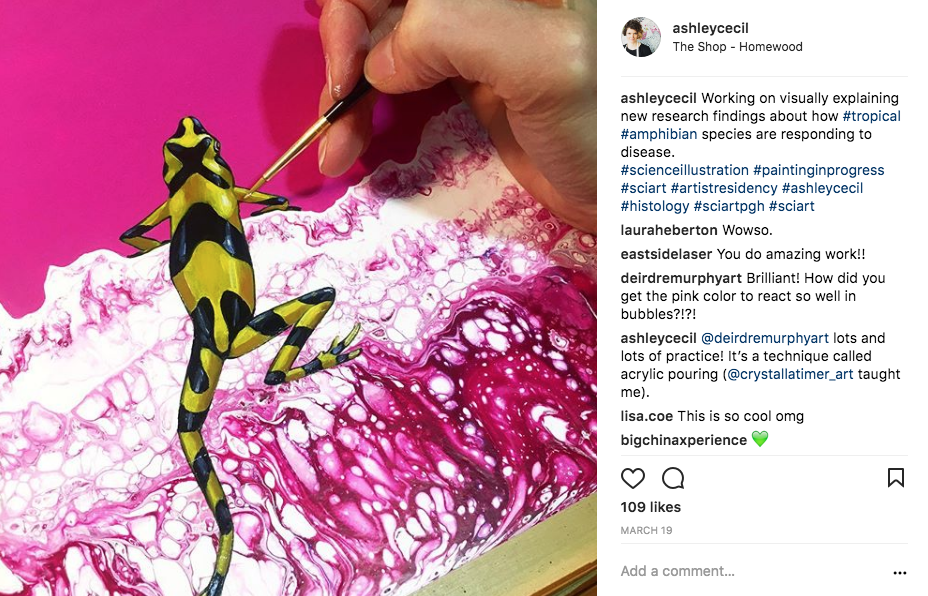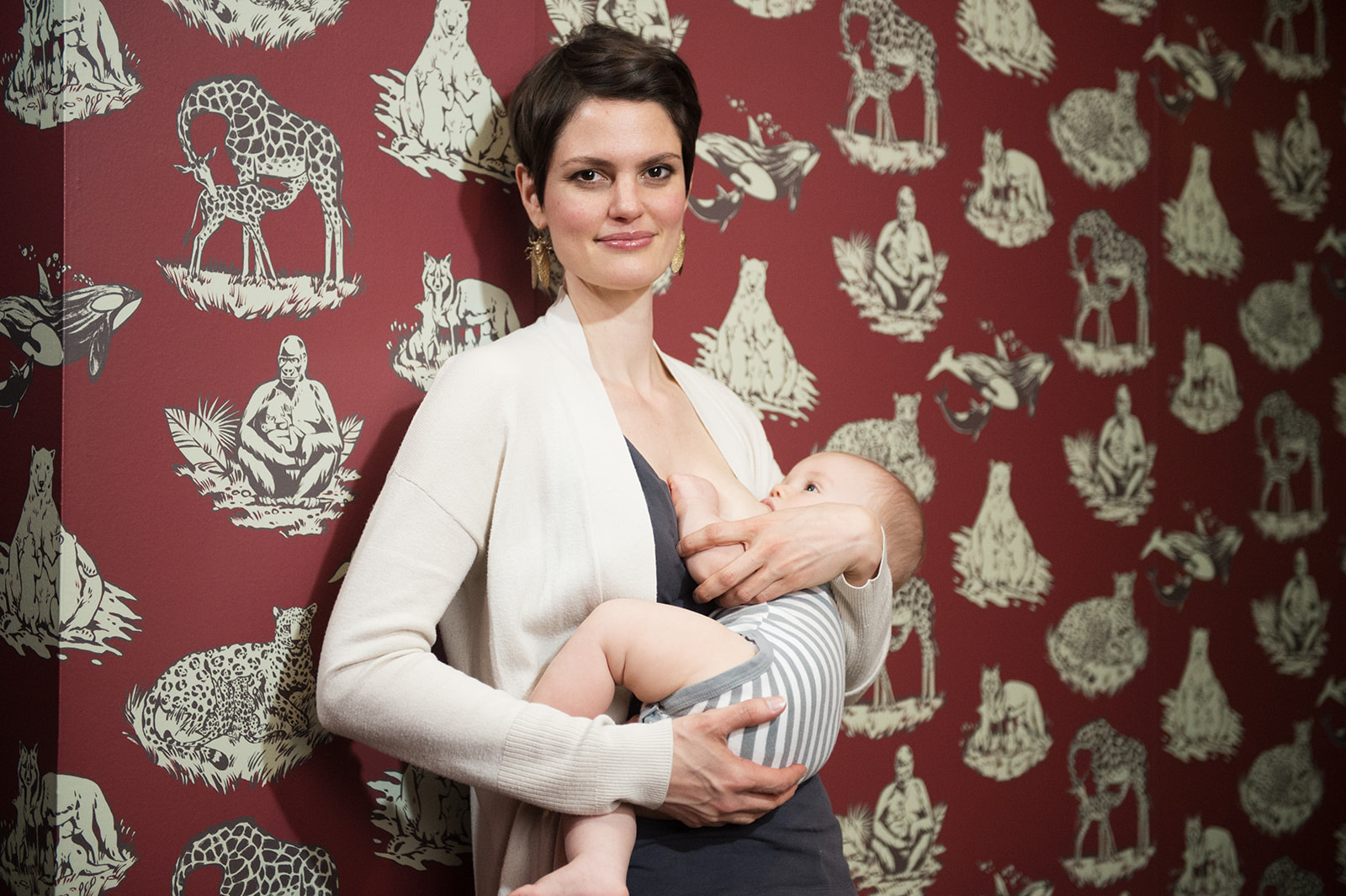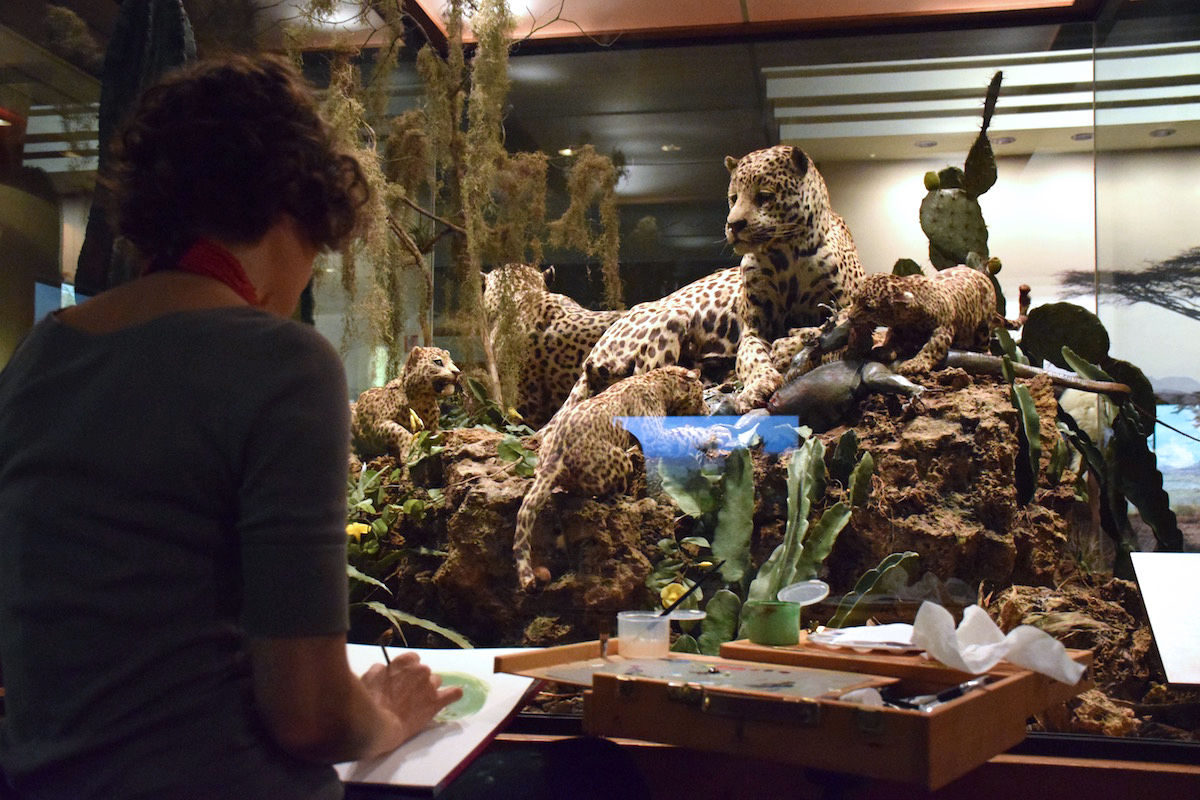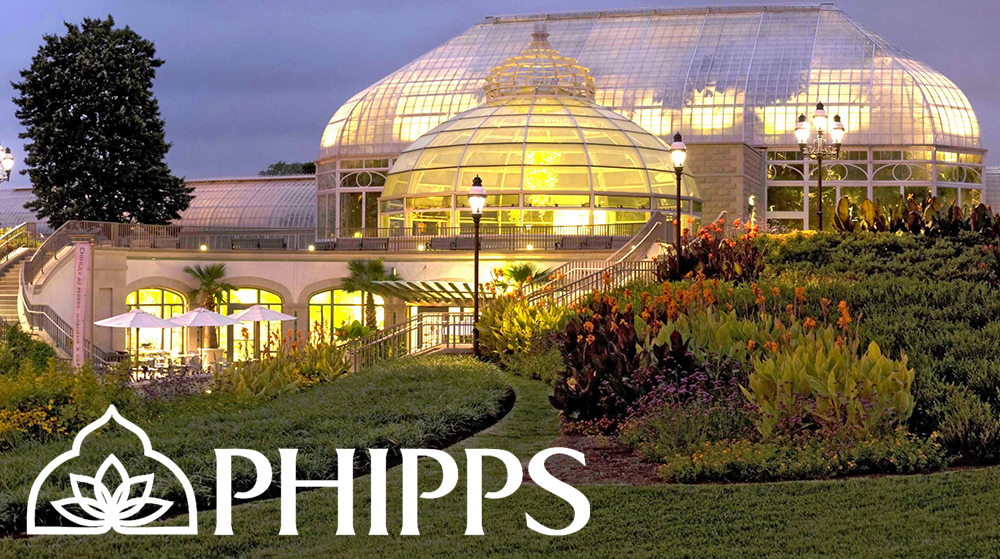
Today I start my next nature and science-based artist residency, this time at the beloved Phipps Conservatory and Botanical Gardens. This six-month immersive project comes on the heels of my residency at the Richards-Zawacki Herpetology Lab, which only technically ended a few days ago (although stay tuned for a few more exciting events and updates about that project). But there’s no time to waste – research projects are underway and sustainability events are coming up at Phipps that I want to incorporate into my work.
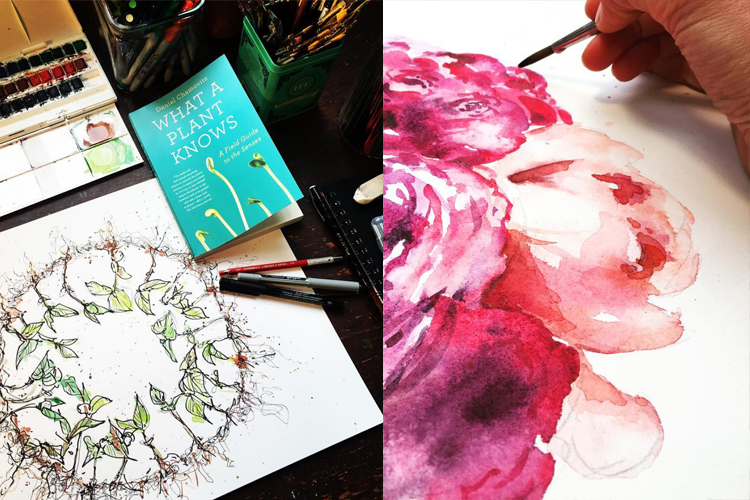
Just this morning,
- I brainstormed with Dr. Ryan Gott, Associate Director of Integrated Pest Management, about potential themes of plant ecology (think invasive species management and protecting pollinators).
- Dr. Sarah States, Director of Research and Science Education, filled me in on Phipps’ Botany in Action Fellowship program – a gold mine of scientific research I might tap into.
- Dr. Maria Wheeler-Dubas, Research and Science Education Outreach Manager, and I shared ideas for teaching the public about plants through art workshops.
That was just the beginning – additional conversations were had about exhibiting my work at Phipps, interacting with daily visitors to the conservatory and much more. Suffice it say you’re in for a treat!
If you’re on the social interwebs, follow the daily goings on via Instagram, Twitter and Facebook. I tag my residency posts with #sciartpgh.
